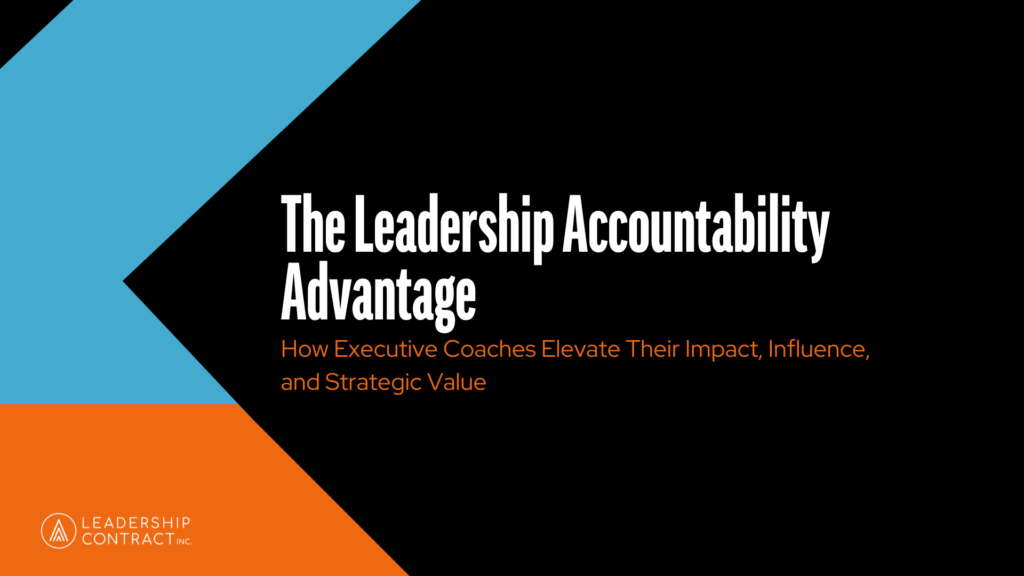BIG IDEA
The rate of change is only accelerating.
It’s not just your imagination: technological change is happening faster and faster.
When we interviewed Jeff Desjardins, the editor-in-chief of Visual Capitalist and author of the book Signals: Charting the New Direction of the Global Economy, he argued, “It’s even faster than you think.”
Can you see uncertainty as an opportunity?
Gut Check for Leaders
Desjardins said that his team charted major scientific advancements over time for the book and found that the pace of change in science and consumer technology has accelerated in the past 20 years and is continuing to accelerate. And the amount of data created today is even more overwhelming. Already, Desjardins said, “there’s actually 40 times more data in terms of bytes than there are stars in the observable universe.” He added that the amount of data we’re creating is doubling every two years.
“If you think the last 10 years have been crazy, wait till the next 10 years, and the next 10 years after that,” Desjardins said.
WHY IT MATTERS
It’s harder than ever for organizations to stay strong for the long haul.
Another key signal Desjardins and his team have been tracking is the average age of companies on the S&P 500. In 1965, the average company on the index was 33 years old, meaning that once a company got big and successful enough to make the index, it tended to stick around for 33 years.
Today the average company’s tenure on the S&P 500 is just 12 years. “Half of the companies on the S&P 500 that were there in 2018 will no longer be there in 2027,” Desjardins explains.
In a world that’s changing faster than ever, it’s harder than ever for organizations to compete. Companies that are beating their competitors today could easily fall behind tomorrow.
THE IMPACT
Uncertainty also creates opportunity.
During our conversation, Desjardins pointed out the silver lining to all this churn: “If you are a leader in a smaller company, and you aspire to be on the S&P 500, well, guess what? The companies that are on that index are dropping out faster than ever.”
Companies—and leaders—who find a way to see the opportunity in all the change and churn will leap ahead of their competitors.
“You have to be comfortable with the fact that there’s uncertainty, and you have to let that uncertainty help you grow,” Desjardins said. “It’s a cliche, but if you look at a pearl, it grows because of irritation. And leaders are the same way. We have to be in tough situations to be able to grow and lead.”
WHAT TO PAY ATTENTION TO
Learn how to zoom out and identify significant, long-term trends.
As a leader, you have to be externally focused. You have to keep up with trends affecting your industry and the world at large. But keeping up with every possible trend would be overwhelming. So how do you stay alert for the opportunities created by uncertainty?
“What I would advise,” Desjardins said, “is to zoom out, look at the most basic and most established trends. You can’t argue against 700 years of falling interest rates; you can’t argue against the way that ESG is growing. If you can have a good understanding of those foundations, I think making decisions about the future becomes a lot clearer.”
As a leader, you can’t jump on every flash-in-the-pan trend. But the major changes that will affect your industry will be much more evident if you look at longer-term, more established trends, like, as Desjardins points out, the rise of ESG investing.
Can you see uncertainty as an opportunity?
Gut Check For Leaders








